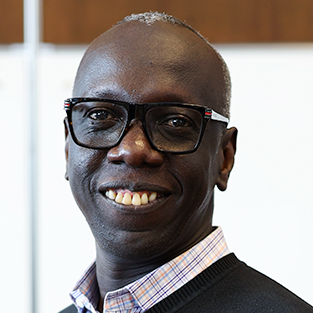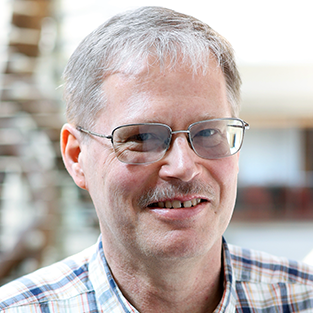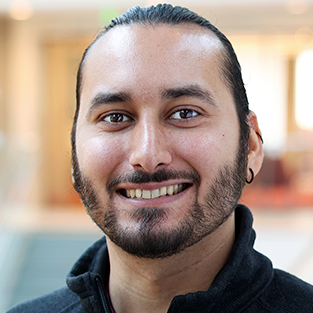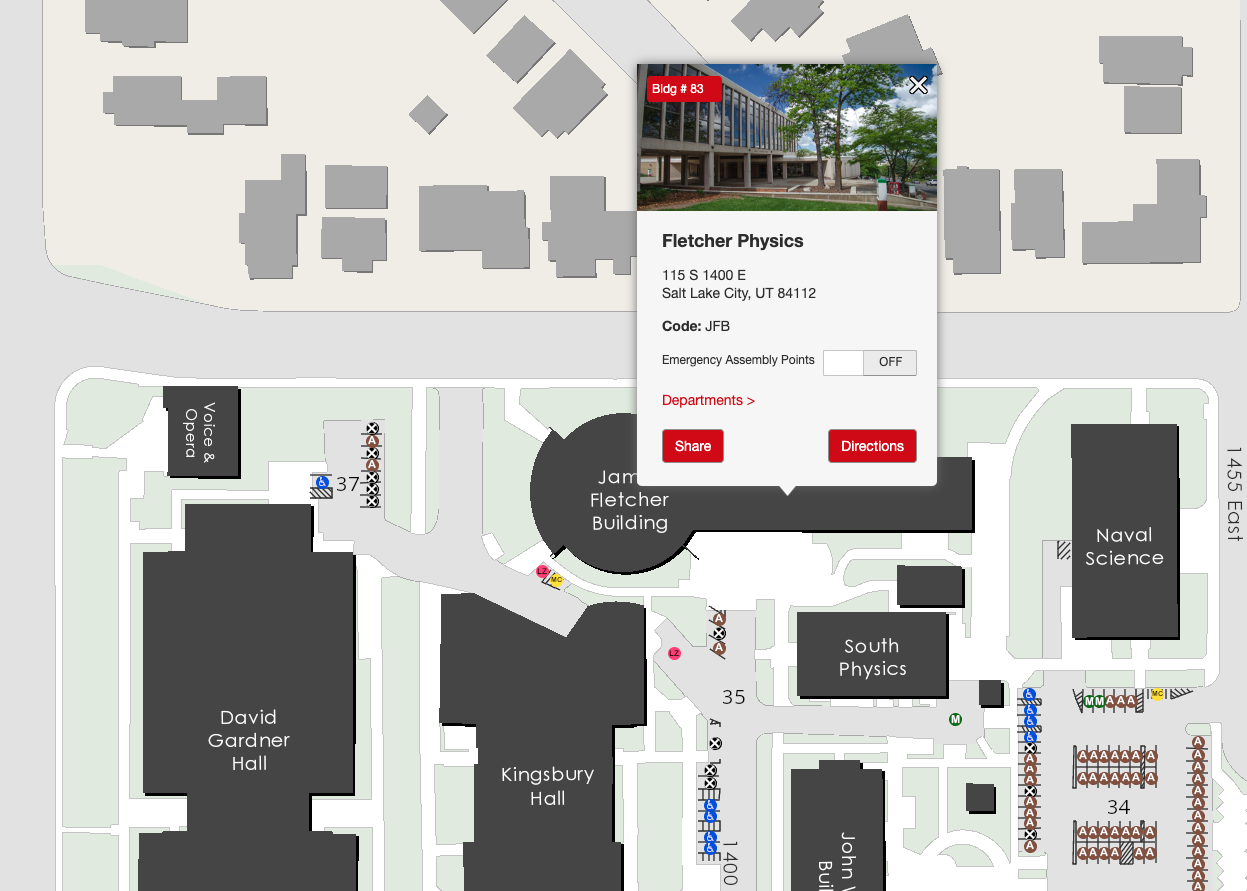

John Matthews is a Research Professor working with the University of Utah’s Cosmic Ray Physics group which he joined in 1995. His current research is the study of the origin and nature of ultra high energy cosmic rays with the Telescope Array. The central Utah observatory measures particle showers induced by cosmic rays arriving at the Earth over an area of 750 square miles. Matthews also serves as Co-Spokesperson of the Telescope Array Collaboration. Before the Telescope Array, some of his previous experiments included The High Resolution Fly’s Eye (HiRes) which also studied ultra high energy cosmic rays and FLASH measuring the fluorescence light yield from cosmic ray air showers. Matthews also works with Prof. Nyawelo’s INSPIRE project, helping to bring science, computing, and technology to young under-represented students through cosmic ray detectors and experiments.
John earned his bachelor's degree from the University of Chicago in physics, math, and economics. As an undergraduate he worked on a search for cosmic ray magnetic monopoles. He then moved to the University of Wisconsin where he earned his M.S. while he worked on low mass detectors to measure particles near the collision region at Fermilab and electronics for plasma experiments. John earned his Ph.D. from Rutgers University for his studies into CP Violation at Fermi National Accelerator Laboratory.


Dennis Soldin studied physics at the University of Wuppertal, Germany, where he also received his doctorate degree in 2017 for work on measurements of cosmic rays with the IceCube Neutrino Observatory (IceCube). As a postdoctoral researcher at the University of Delaware he continued his work in cosmic ray research with IceCube where he was also the convener for the comic ray working group from 2018 to 2023. Since 2021 he is also involved in plans to build a Forward Physics Facility (FPF) at CERN as a member of the FPF coordination panel and convener for the working group on light hadron production. In 2022, Soldin moved as a postdoctoral researcher to the Karlsruhe Institute of Technology, Germany, before he became an assistant professor at the University of Utah in 2023.
Contact Us
Comments, questions, and suggestions about this website, or about HiSPARC in general, can be sent to:
hisparc@utah.edu
Address:
Department of Physics & Astronomy
James Flectcher Building 201
University of Utah
115 South 1400 East
Salt Lake City, Utah 8411

